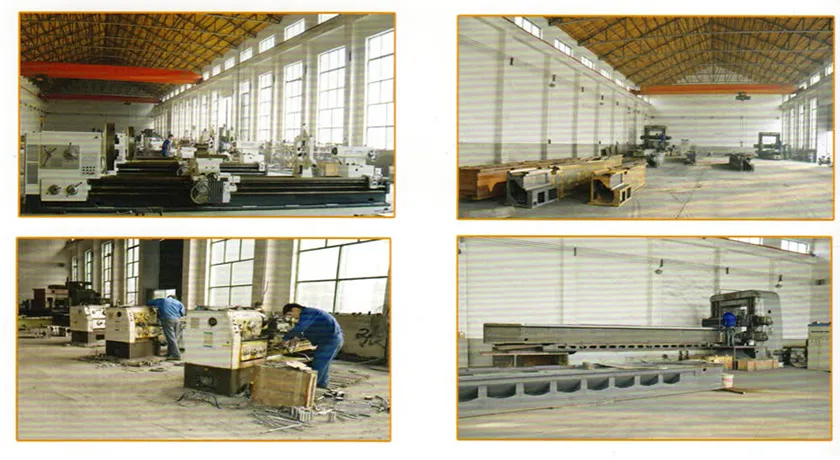
- Afrikaans
- Albanian
- Amharic
- Arabic
- Armenian
- Azerbaijani
- Basque
- Belarusian
- Bengali
- Bosnian
- Bulgarian
- Catalan
- Cebuano
- Corsican
- Croatian
- Czech
- Danish
- Dutch
- English
- Esperanto
- Estonian
- Finnish
- French
- Frisian
- Galician
- Georgian
- German
- Greek
- Gujarati
- Haitian Creole
- hausa
- hawaiian
- Hebrew
- Hindi
- Miao
- Hungarian
- Icelandic
- igbo
- Indonesian
- irish
- Italian
- Japanese
- Javanese
- Kannada
- kazakh
- Khmer
- Rwandese
- Korean
- Kurdish
- Kyrgyz
- Lao
- Latin
- Latvian
- Lithuanian
- Luxembourgish
- Macedonian
- Malgashi
- Malay
- Malayalam
- Maltese
- Maori
- Marathi
- Mongolian
- Myanmar
- Nepali
- Norwegian
- Norwegian
- Occitan
- Pashto
- Persian
- Polish
- Portuguese
- Punjabi
- Romanian
- Russian
- Samoan
- Scottish Gaelic
- Serbian
- Sesotho
- Shona
- Sindhi
- Sinhala
- Slovak
- Slovenian
- Somali
- Spanish
- Sundanese
- Swahili
- Swedish
- Tagalog
- Tajik
- Tamil
- Tatar
- Telugu
- Thai
- Turkish
- Turkmen
- Ukrainian
- Urdu
- Uighur
- Uzbek
- Vietnamese
- Welsh
- Bantu
- Yiddish
- Yoruba
Essential Tools for Effortless Car Washing at Home
Tools to Wash Your Car A Comprehensive Guide
Keeping your car clean not only enhances its appearance but also prolongs its life. Regular washing removes dirt, grime, and contaminants that can damage the paint and body of your vehicle. To achieve a thorough clean, it's essential to have the right tools at your disposal. Here, we’ll explore the various tools you need for washing your car effectively.
1. Pressure Washer
A pressure washer is one of the most effective tools for washing cars. It uses high-pressure water jets to remove dirt and grime from the surface of your vehicle. The power of a pressure washer can help lift stubborn debris, making the washing process quicker and more efficient. When using a pressure washer, ensure you maintain a safe distance from the car's surface to avoid damaging the paint.
2. Washing Mitt or Sponge
A good quality washing mitt or sponge is vital for applying soap and cleaning the vehicle’s exterior. Opt for a microfiber or lambswool mitt, as they are gentle on the paint and less likely to cause scratches compared to traditional sponges. A mitt with a plush texture can trap dirt and debris effectively, ensuring a thorough wash without harming your car.
Using the right soap is crucial for maintaining your car's finish. Avoid dish soap, as it can strip wax and damage the paint. Instead, choose a soap specifically designed for cars. These products contain lubricants that help lift dirt away from the paint without causing scratches, ensuring a safe and effective clean.
4. Buckets
A two-bucket method is highly recommended when washing a car. One bucket should contain soapy water, while the other is for rinsing your mitt or sponge. By using a separate rinsing bucket, you can minimize the risk of reintroducing dirt to your mitt, which helps to prevent swirl marks and scratches on your car’s surface.
tools to wash your car

5. Wheel Brush
The wheels and tires often accumulate grime and brake dust, making them some of the dirtiest parts of a car. A dedicated wheel brush can effectively clean these areas without damaging the rims. Look for brushes with soft bristles and ergonomic handles to make the job easier. Additionally, consider using a specific wheel cleaner to break down stubborn brake dust and dirt.
6. Microfiber Towels
Once you’ve washed your car, drying it properly is essential to prevent water spots. Microfiber towels are excellent for this task. They are highly absorbent and gentle on the surface of your car. Using a drying aid spray can also help to reduce friction, making it easier to achieve a streak-free finish.
7. Clay Bar
For a deeper clean, especially for painted surfaces, consider using a clay bar. This tool removes embedded contaminants that washing alone might miss, such as tree sap, industrial fallout, and brake dust. After washing and drying your car, gently rub the clay bar over the surface to achieve a smooth finish before applying wax.
8. Wax or Sealant
Finally, protecting your car's paint should be a priority after washing. Wax or sealant creates a barrier against UV rays, dirt, and contaminants, giving your car shine while preserving its finish. Apply the wax using a foam applicator pad, and buff it off with a clean microfiber towel once it has dried to achieve that showroom shine.
Conclusion
Washing your car can be a satisfying and rewarding task when equipped with the proper tools. Investing in a pressure washer, quality mitts, specialized soaps, and drying towels will not only make the process more efficient but will also help preserve the beauty and longevity of your vehicle. Regular washing and maintenance are essential for ensuring that your car looks great and performs well for years to come. Happy washing!
-
Integrating Aqua Tunnel Car Wash in Shopping CentersNewsJun.24,2025
-
Gas Station with an Auto Car Wash MachineNewsJun.24,2025
-
Efficiency in Your Aqua Tunnel Car Wash: Power & Water-SavingNewsJun.24,2025
-
Car Wash Business with Advanced Auto Car Cleaning MachinesNewsJun.24,2025
-
Balancing Setup Costs with Aqua Tunnel Car WashNewsJun.24,2025
-
Aqua Tunnel Car Wash: Eco-Design for the Energy-Savvy EntrepreneurNewsJun.24,2025



